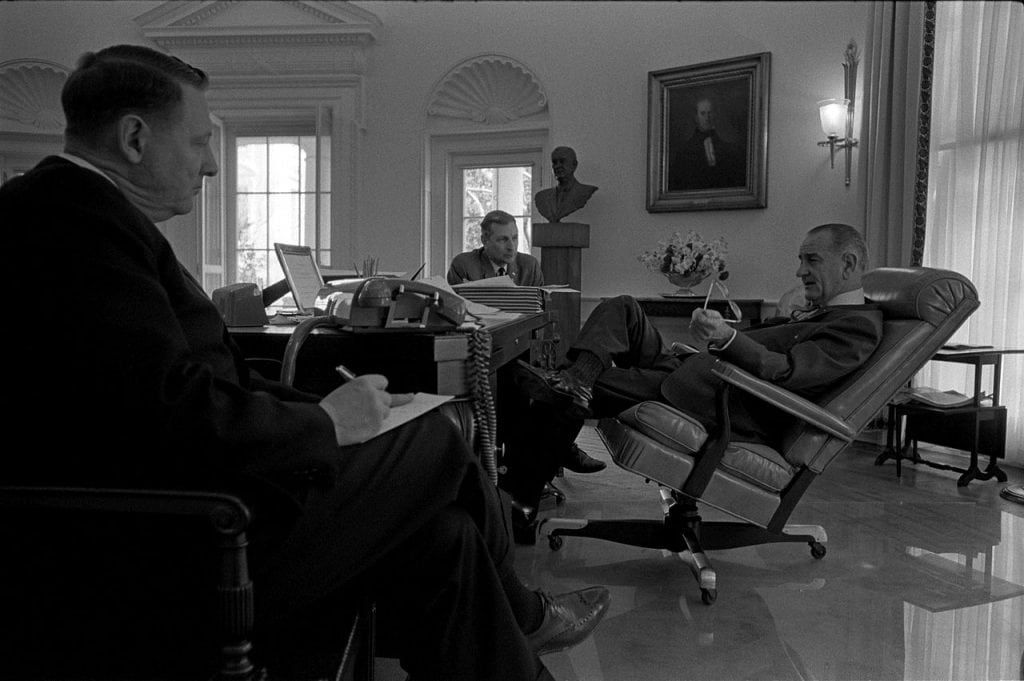When you’re driving down the road, do you spend more time looking out your windshield or your rearview mirror? Well, if you’re doing it right, the windshield receives far more attention than the mirror. It’s good to glance at where you’ve been but far more important to see what lies ahead.
Each year, your cooperative “takes a look in the mirror” at an annual business meeting for the board and management to report to you, the member-owners, on the financial and operational results of the cooperative. At that same meeting, the cooperative may also discuss plans for the future.
That’s important for any company, but it is extremely important for a utility that provides an essential service. Decisions made by rural electric cooperative leaders have lasting impacts on the communities their co-ops serve. Our responsibility to the members, our neighbors, is one of which we are acutely aware and take to heart.
One group of rural electric cooperative leaders was reminded of this responsibility at a meeting at the White House:
“America and Americans, if they are going to continue to provide the leadership for the free world, must constantly look to the future.”
“So in our society today, we serve no really useful purpose by keeping alive differences and divisions of yesteryear. We don’t need to cling to the issues of the past. We do need to take hold of the issues of the future.
“Now what does this mean to the rural electrification program of which you are a part and which has filled a very vital role in the strengthening of this nation and in the development of this nation?
“Well, you just cannot rest on the past. You must not just content yourselves with remembering old battles or castigating old enemies or parroting old slogans. None of us can do that and survive, whether we are business people or laborers or farmers or politicians — but, least of all, men and women who are part of something that is as dynamic as the rural electric cooperatives.”
President Lyndon Baines Johnson delivered these remarks on July 14, 1965, to the leadership of the National Rural Electric Cooperative Association. He continued his remarks by reminding them to look toward the future:
“So what do you need to do? You need to look far into the future — beyond 1965 or 1966 or 1970. And you really can’t look far into the future, and you really cannot provide the leadership that you ought to provide, and you really cannot be a doer if you just ask yourself constantly, ‘What will I get out of this?’ and ‘How does it serve me?’ You have got to be selfless.
“You have got to have a desire and an ambition to help people who can’t help themselves if you are to provide the leadership that we need in the 20th century. You need to look to the America of 1980 — and what it is going to be like, not just let it slip up on us —and 1990. You must look to the year 2000, when the clock turns, and a new century begins. You must take the lead, therefore, in planning today for what is going to happen 35 years from now. You must take the lead in planning for a fuller utilization of rural America — providing the power and the services to meet your share of the future’s demands.”
Those words are as true today as they were in 1965. We need to remember where we’ve been and what we’ve accomplished. Electrifying a nation is an impressive accomplishment. No one recognized that or was more involved with it than President Johnson. Yet he saw the need for turning the focus to the future.
More than 50 years have passed since that meeting. Challenges remain for our rural communities. If we spend too much time resting on the laurels of past victories, we fail to see the needs of the future. By building on what we’ve accomplished, we are planning for that “fuller utilization of rural America — providing the power and the services to meet … the future’s demands.”
Working together, your local cooperative will rise to meet that challenge.



